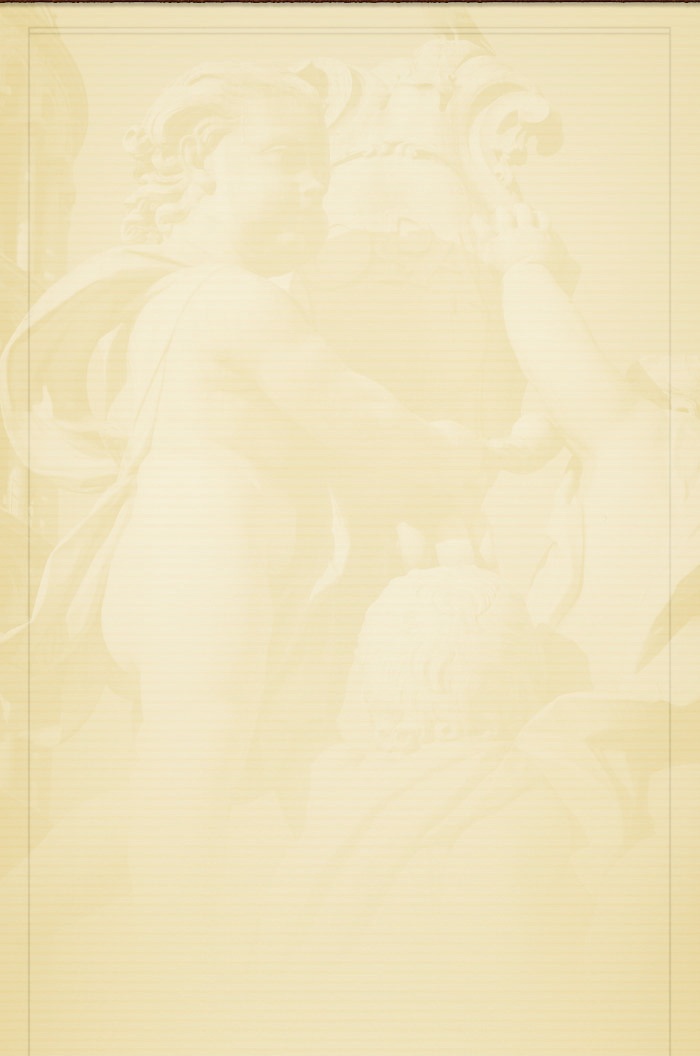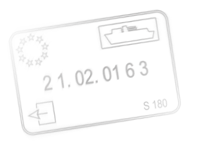High School
My high-school years were at Specialized Physico-Mathematical School # 131 in Kazan, Russia. The school was closely affiliated with Kazan State University (KSU), and while a high-school student I spent a couple months hanging out with faculty and students of the department of physics of that university. As a result, I decided to pursue a career in physics.
Master’s and post-master’s studies
I was admitted to and studied for five years at the Department of Physics of KSU. My research at KSU was on the fluorescence of lanthanides in laser crystals and quantitation of energy transfer in these matrixes. Following the graduation from KSU with a Master’s degree (or its Russian equivalent) in physics, optics and spectroscopy, I worked as an engineer at the State Institute of Applied Optics, also in Kazan. My work there was concerned with analytical applications of atomic absorption.
PhD studies
After two years of work at the State Institute of Applied Optics, I entered the PhD program at the Department of Inorganic Chemistry, Kazan State Technological University (KSTU). My advisor at KSTU was Prof. Mikhail Shapnik. During my PhD years I utilized classical electrochemical approaches (e.g., voltammetry, rotating disc electrode, interface impedance) and reflectance spectroscopy to probe solid electrode/solution interfaces. I designed, assembled and tested for my experiments a complex setup that included electronic circuitry and optoelectrochemical cells to measure changes of the reflectance of electrode surfaces at varying electrochemical potentials. I also got acquainted, albeit superficially, with quantum chemical (QC) modeling of electrochemical processes. This research was carried by Prof. Andrey Kuznetsov, a major specialist in QC simulations. He remains my close friend and colleague.
Pictures above: Kazan State Technological University- Main building (left) and Kazan art museum (right).
Post-PhD work in Russia
After a short stint of work as an engineer at Kazan Medical Instrumentation Corporation, I continued work at KSTU at the Department of Physical Chemistry. My direct bosses were Drs. Friedman and Gamer, active and successful chemical engineers. While affiliated with their group, I worked on projects on metal plating, electrochemical water treatment, halogen chemistry and water quality analyses. I also taught physical chemistry and advised several PhD students.
Post-doctorate and related work at the University of Washington
In July 1991, I immigrated with my family to the United States. In August 1991, I started work as a postdoctoral researcher on one of Prof. Mark Benjamin’s projects. Prof. Benjamin has been my colleague, teacher and friend since then. He and Prof. John Ferguson, also my close colleague and friend, have taught me how to do research in the United States and write about it. My research was concerned (and remains so now) with the characterization of natural organic matter (NOM), its sorption on mineral surfaces, halogenation of drinking water and formation of disinfection by-products (DBPs), corrosion and release of copper and lead. Other projects were focused on the separation and removal or radionuclides from tank wastes typical for the Hanford nuclear site.
Teaching positions at the University of Washington
In year 2000, I became a tenure-track faculty member on the Department of Civil and Environmental Engineering of the University of Washington. A few years later I was granted tenure and in 2007 became a full professor. My research has continued to be focused on the properties and reactivity of NOM, spectroscopic methods to study NOM halogenation and proton/metal complexation, corrosion and metal release, electrochemical methods to remove contaminants and their redox transformations. I have also become interested in endocrine disruptors, pharmaceuticals and personal care products (EDC/PPCP). With the help of my colleague Prof. Anatoly Frenkel, we continue doing X-ray absorbance spectroscopic measurements to probe the structural and redox nature of heavy metals and allied elements in water solutions, soils and corrosion solids.








